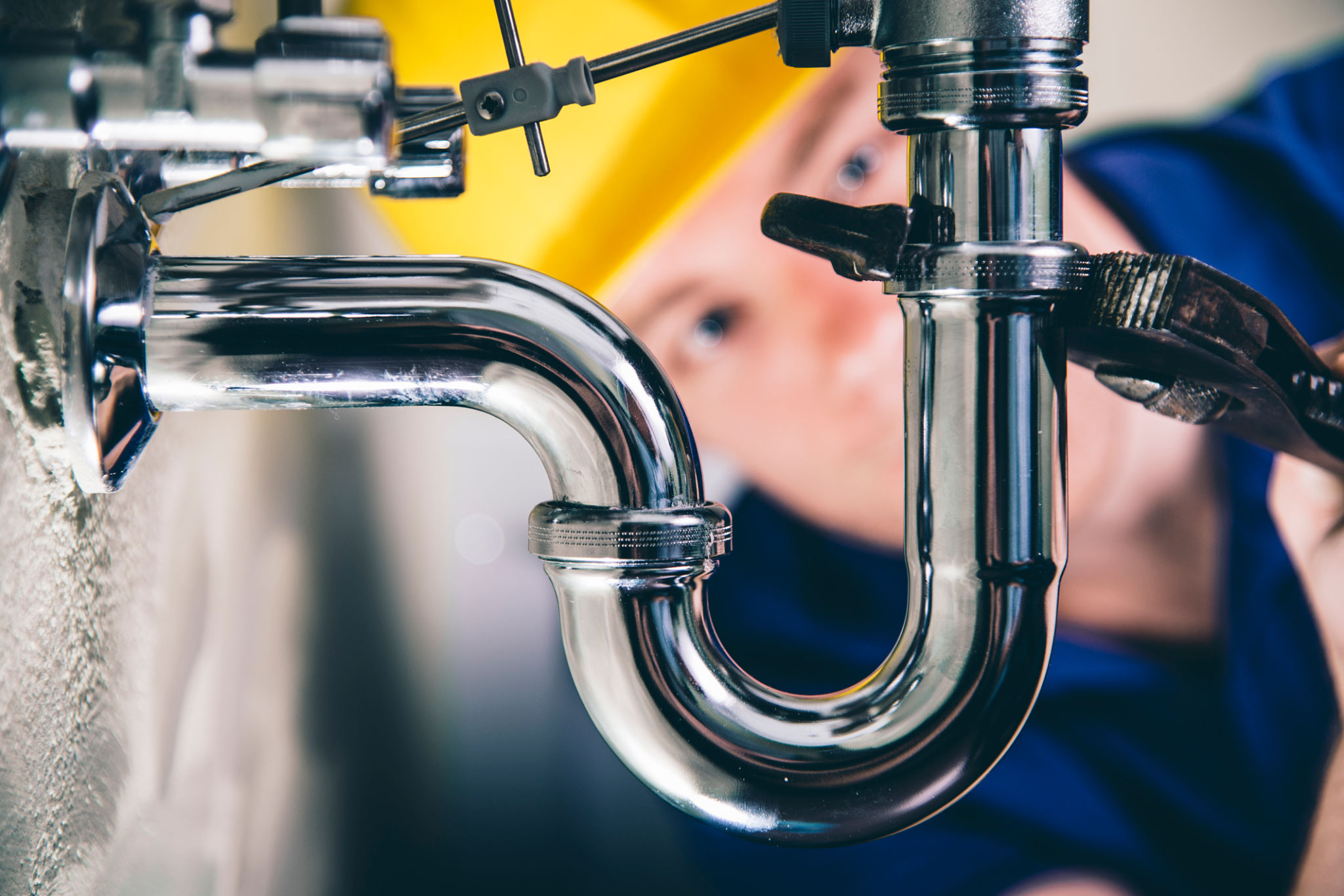Common Issues Found During a Backflow Test and How to Fix Them
Understanding Backflow Testing
Backflow testing is a crucial process in maintaining the safety and integrity of your water supply system. It ensures that contaminated water does not flow back into clean drinking water. During a backflow test, several common issues may arise that require immediate attention. Addressing these issues promptly can prevent serious health risks and maintain compliance with local regulations.

Leaking Valves
One of the most frequent issues encountered during a backflow test is leaking valves. Leaks can occur due to worn-out seals or damaged valve components. To fix this problem, it's important to first identify the specific valve that is leaking. Once located, you may need to replace the faulty seals or, in some cases, the entire valve if the damage is extensive. Regular maintenance and inspection can help in early detection of potential leaks.
Clogged Assemblies
Clogged assemblies are another common issue that can disrupt the effectiveness of a backflow prevention system. Debris, mineral build-up, and sediment can accumulate over time, leading to blockages. To resolve this, thoroughly clean the assembly and remove any obstructions. Regular flushing of the system can help prevent future clogs by keeping the pipes clear of debris.

Pressure Imbalances
Pressure imbalances in the system can also lead to backflow issues. These imbalances can be caused by a variety of factors, including faulty pressure relief valves or incorrect installation of components. To address pressure imbalances, you should first check the pressure relief valves and ensure they are functioning correctly. Adjusting or replacing these valves might be necessary to restore balance.
Faulty Check Valves
Check valves are essential components in preventing backflow by allowing water to flow in only one direction. If these valves become faulty, they can compromise the entire system. Common signs of a faulty check valve include unusual noises or water hammering. Replacing or repairing these valves is often required to maintain system integrity.

Corrosion and Wear
Over time, corrosion and wear can affect the performance of backflow prevention devices. This is especially true in areas with hard water or high mineral content. Regular inspections can help identify areas of concern before they lead to significant damage. Applying protective coatings or replacing corroded parts are effective solutions to combat corrosion-related issues.
Preventive Measures
While fixing common issues is essential, taking preventive measures can significantly reduce their occurrence. Regular maintenance schedules, professional inspections, and timely replacements of worn-out components are key strategies for preventing backflow problems. Additionally, educating building occupants about proper water usage can further minimize risks.
By staying vigilant and proactive in addressing these common issues found during a backflow test, you can ensure the safety and reliability of your water supply system.